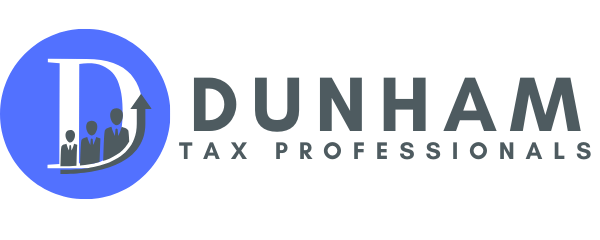The question of whether Payroll Protection Program – PPP – expenses would be tax deductible was a big part of the confusion for the first round of funding under the CARES Act, and as we know by now, the IRS issued guidance in 2020 asserting that no tax deduction would be allowed for expenses paid for with forgiven PPP loans. And this was an attempt to eliminate the double benefit that taxpayers would receive if they were able to take a tax deduction for expenses paid for by the government.
However, with round two, the new guidance is that expenses paid for with PPP funds are deductible
This additional funding generally intended to cover payroll and other costs incurred by small businesses that are still struggling as a result of the pandemic. The new law allows hard-hit businesses to obtain a second PPP loan provided their first PPP loan has or will be used up by the time
Businesses with 300 or fewer employees per location can apply for a first- or second- time PPP loan under the second draw – which was reduced from 500 employees under the CARES Act. And also, there are more stringent requirements in place: borrowers must demonstrate proof of a decline in gross receipts before the new loan is disbursed. Generally speaking, the new law requires businesses to demonstrate a 25% loss in gross receipts for any quarter of 2020 when compared to the same quarter in 2019. Special rules apply to businesses that were not yet in operation in the corresponding 2019 quarter.
There are also a number of changes implemented between CARES and the new PPP. Under the CARES Act, forgivable costs were limited to payroll costs, rent, covered mortgage interest and utilities. The new law expands this list to include:
- Covered operations expenditures, including payments for business software or cloud computing services necessary to keep business operations running, e.g., HR, accounting, payables, inventory and other similar functions
- Covered property damage costs attributable to looting and vandalism during public disturbances that occurred during 2020
- Covered supplier costs, including perishable inventory
- Covered worker protection expenditures necessary to adapt a business so it complies with mandated COVID-19 sanitation, safety or social distancing standards. In a restaurant setting, this could include funds spent on the installation of drive-through windows, physical barriers such as sneeze guards and reconfiguration of dining rooms to comply with social distancing requirements.
It’s important to note that similarly to the rules applicable to the original PPP loans, borrowers can obtain full forgiveness if they spend at least 60% of the loan proceeds on payroll costs.
As always, we here at Dunham Tax Professionals want to stress the importance of consulting with a professional to determine all eligibility and action plans. Give us a call and schedule an appointment today. Remember, PPP applications must be submitted no later than March 31, 2021. We’re available and here to help.

